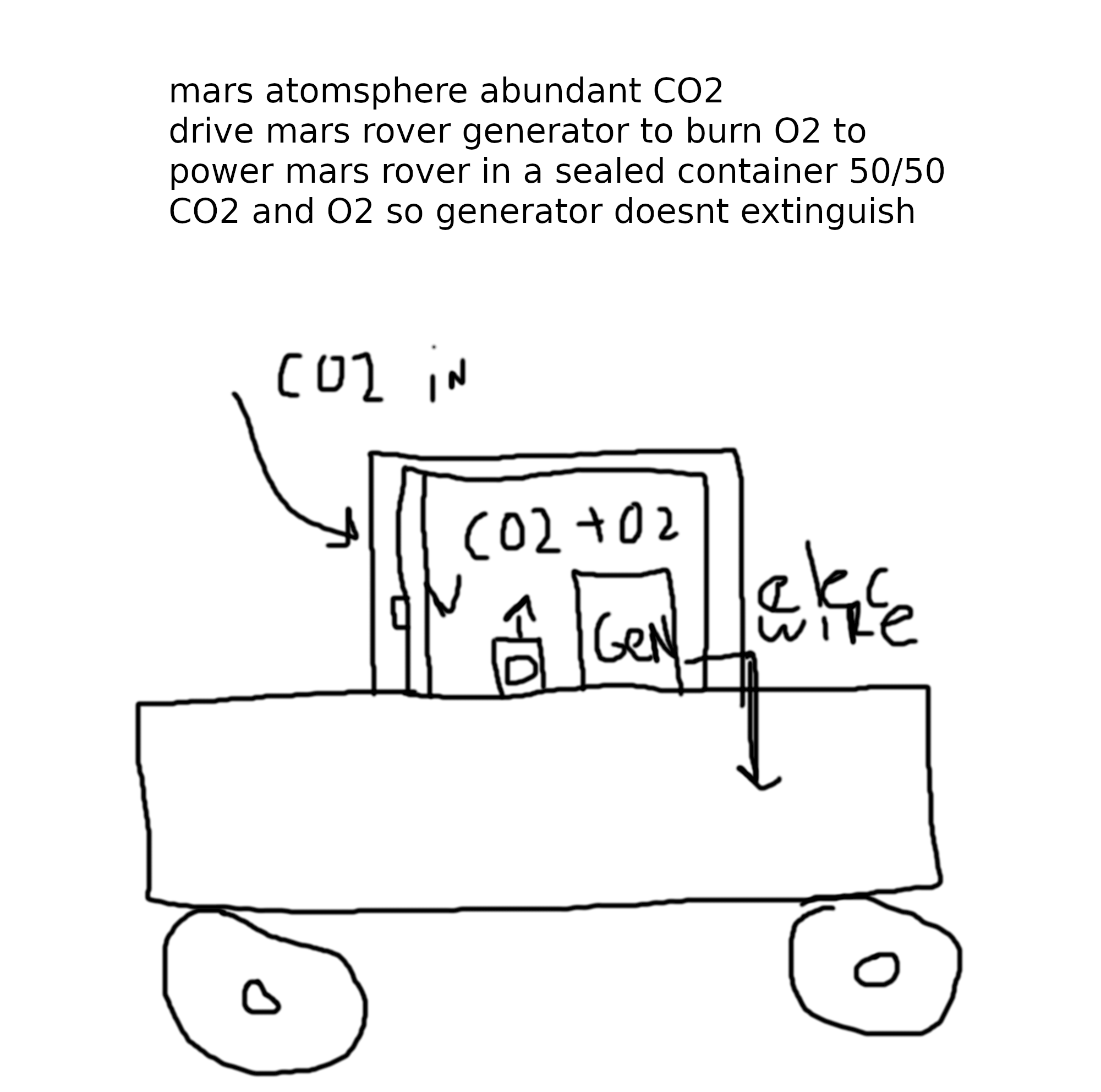-
burn the air for fuel to power drones, robots, cars, aerial vehicles, satelites
-
could this technology used to power other machinery with the air around us to turn air into plasma as a form of fuel?
Traditional satellites in LEO and higher orbits have limited lifespans because they use a limited amount of
propellant to generate plasma. The thruster proposed by the GWU and PPPL team would avoid this problem by using
the surrounding air to generate plasma. In other words, any satellite using this system would essentially have free,
unlimited propellant.
Could air-breathing technology unlock unlimited propellant for satellites?
according to the article.
Recently, however, many scientists have suggested the air could be used as a propellant. Now, a team of
scientists from the George Washington University (GWU) and the US Department of Energy’s Princeton Plasma
Physics Laboratory (PPPL) have teamed up to develop a proof of concept for an air-breathing satellite.
The very low Earth orbit’s untapped potential A satellite that uses air as a propellant could utilize
charged particles of air-breathing plasma – also known as the fourth state of matter – to propel its thrusters.
“There is air available at VLEOs. So, instead of launching rockets with these propellants, such as xenon,
krypton, or argon, we can use what is naturally available: air,” Yevgeny Raitses, a managing principal
research physicist at PPPL who is leading the Lab’s work on the project, explained in a press statement.
“This should allow us to reduce the mass of satellites or allow them to dedicate the difference in mass to
other aspects of the device,” he continued. “It might also extend the lifetime of the device.”
Traditional satellites in LEO and higher orbits have limited lifespans because they use a limited amount of
propellant to generate plasma. The thruster proposed by the GWU and PPPL team would avoid this problem by using
the surrounding air to generate plasma. In other words, any satellite using this system would essentially have free,
unlimited propellant.
Could air-breathing technology unlock unlimited propellant for satellites?
Naturally, given the great potential of this project for low-cost satellite operations that will enable more
detailed imaging, it has garnered attention from the US government. In fact, the Defense Advanced Research Projects
Agency (DARPA) has already provided $400,000 of an anticipated $1 million grant for the project.
The GWU and PPPL teams aren’t the only ones researching air-breathing satellite technology. In an interview with IE
in 2022, Jan Mataró, CTO of Spanish company Kreios Space, explained that “right now, very low Earth orbit is an
unused orbit simply because of the lack of propulsion systems capable of staying in this orbit. But it could allow
for a huge increase in the resolution for both telecommunications and Earth observation.”
That company is developing an air-breathing generator for satellites that it claims will provide a 16x increase
resolution for Earth observation and telecommunications satellites.
Of course, some obstacles must be overcome before the technology is feasible. For example, the GWU and PPPL teams are
working to ensure that positive and negative particles released from their thruster leave at the same rate so there is
no net electric current in the plasma plume.
“It is important in order to avoid charging the satellites,” Raitses explained. In other words, a charged satellite could
cause charged particles to release from the thruster. These would be attracted back to the satellite and could cause a
damaging recoil effect.
According to the team’s press statement, it is developing a thruster capable of neutralizing the particles and allowing
for smooth operation in VLEO.
ALSO the reverse of using AIR use CO2 (carbon dioxide and extract oxygen molecules directly from CO2 to burn the O2 molecules)
power robots and drones from nothing but the atomsphere
carbon-dioxide powering a generator from mars atomsphere (by extracting oxygen to combust to power a generator to make electricty)
https://i.imgur.com/dwyTbMC.png
to also power a heavy bot like "Fedor"
to do construction
by taking in carbon dioxide from the air
seperating to oxygen out
to burn the oxygen to power a generator the size of a yellow pages
(power supply) in the robot's abdomen to power electricity for robot
no solar, no recharge, no gas just air intake capture carbon
burn oxygen as combustible source for a mini generator to power electric source for heavy bot
think military application and or space construction
and or drone power
10-05-2021 https://github.com/c4pt000/better-chinese-rover-burn-free-O2
